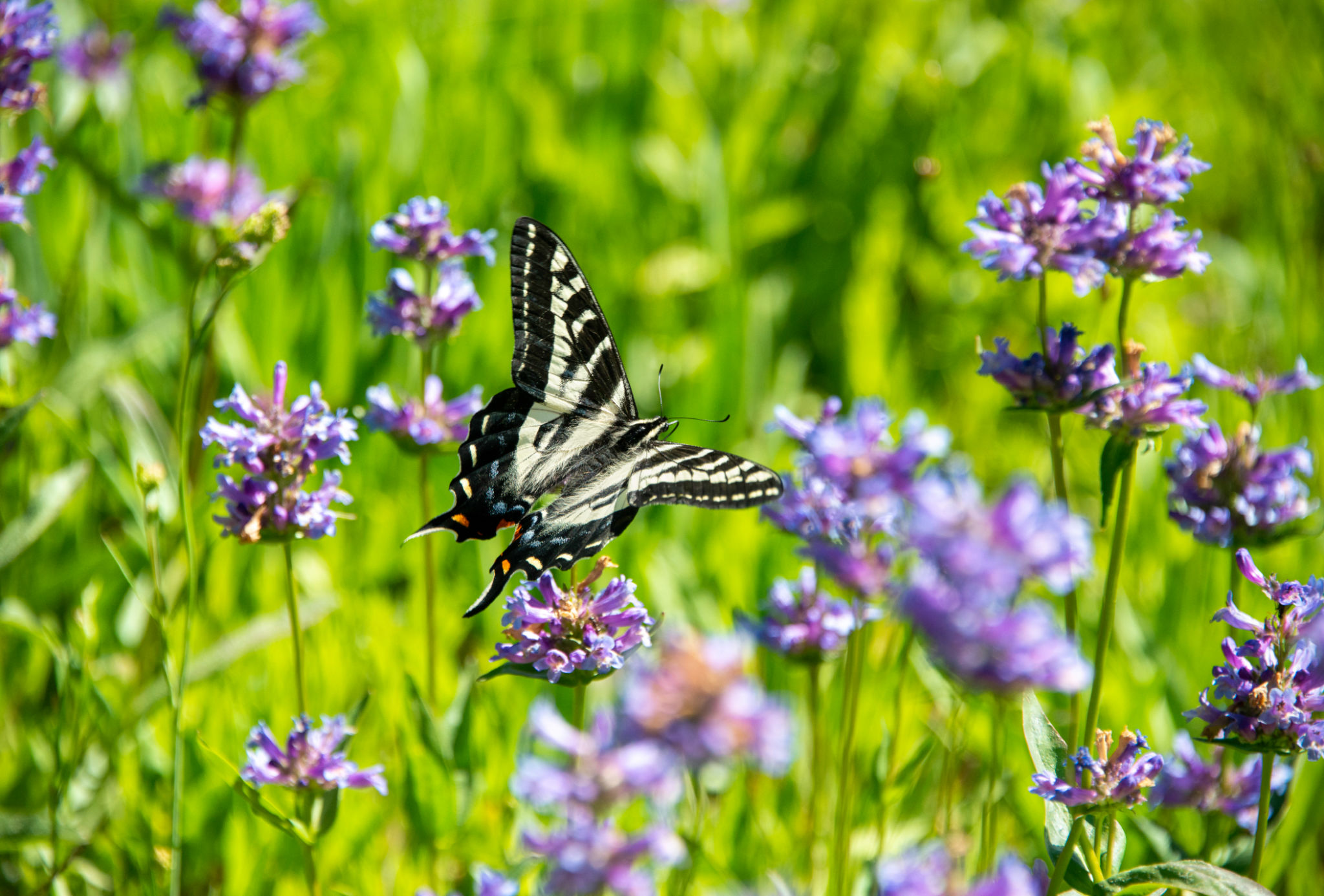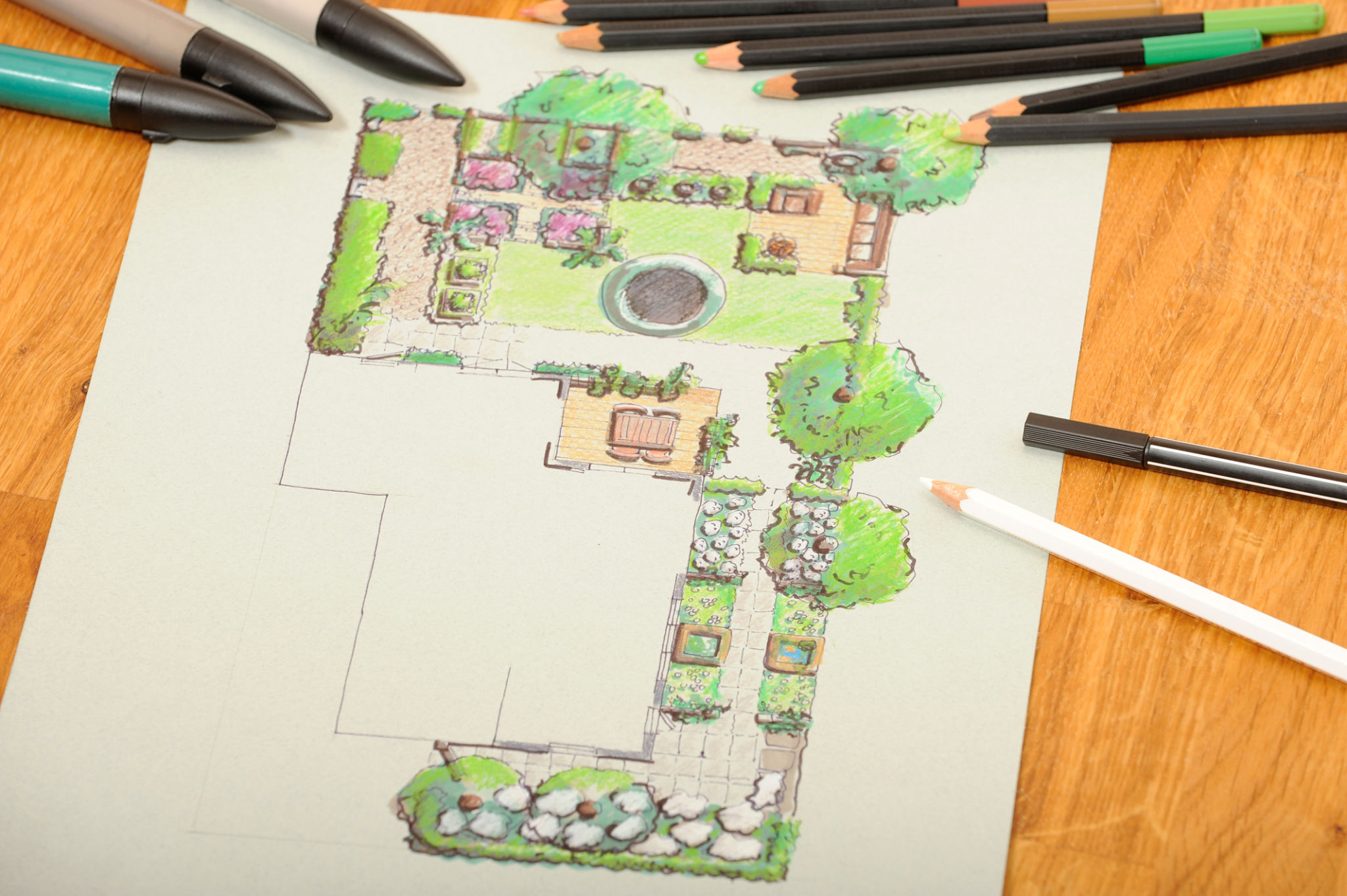Transforming Your Yard with Native Plants: A Success Story from Contra Costa
Discovering the Beauty of Native Plants
Transforming your yard into a thriving garden with native plants is not only environmentally friendly but also a rewarding endeavor. In Contra Costa, many homeowners are embracing this trend, and one such success story is that of the Johnson family. Their journey from a traditional lawn to a vibrant native plant oasis offers inspiration and practical insights for anyone looking to make a similar change.
The Johnsons began their transformation by researching local flora that would thrive in their specific climate. They discovered that native plants require less water, reduce the need for chemical fertilizers, and attract beneficial wildlife. The family was particularly drawn to the idea of creating a sustainable ecosystem right in their backyard.

Planning and Preparation
Before diving into planting, the Johnsons carefully planned their yard's layout. They identified areas with varying sunlight exposure and soil types to select the most suitable plants for each spot. This strategic planning ensured that each plant would flourish in its designated location, maximizing the garden's health and beauty.
The preparation phase also involved removing existing grass and preparing the soil for planting. The family decided to incorporate mulch to retain moisture and suppress weeds, further enhancing their garden's sustainability. These initial efforts laid a strong foundation for their native plant paradise.

Selecting the Right Plants
Choosing the right plants was a crucial step in the Johnsons’ journey. They prioritized species native to Contra Costa, such as California poppies, manzanitas, and yarrow. These plants not only blend naturally into the landscape but also provide essential habitats for local insects and birds.
To add variety and ensure year-round color, the family included a mix of flowering perennials and shrubs. This diversity not only made the garden visually appealing but also promoted a balanced ecosystem. By focusing on native species, the Johnsons created a resilient garden that withstands local climate challenges.

Planting and Maintenance
The planting process was both exciting and educational for the Johnson family. They involved their children in planting days, turning it into a fun family activity that taught environmental stewardship. As each plant took root, the garden began to transform into a lush tapestry of colors and textures.
Maintenance of a native plant garden differs from traditional lawns. The Johnsons embraced natural gardening practices, such as using rainwater harvesting systems and organic pest control methods. These practices reduced their water bill and eliminated harmful chemicals from their garden.
The Benefits of Going Native
The benefits of transitioning to native plants quickly became apparent. The Johnsons noticed an increase in pollinators like bees and butterflies visiting their garden, contributing to local biodiversity. Their yard also became a peaceful retreat, offering a slice of nature's tranquility right at home.
Moreover, by reducing their dependence on water and chemicals, they contributed to environmental conservation efforts in Contra Costa. This sustainable approach not only saved them money but also set an example for neighbors curious about eco-friendly gardening.

Conclusion: Inspiring Others
The Johnson family's success story serves as a testament to the transformative power of native plants. Their experience shows that with careful planning and commitment, anyone can turn their yard into a thriving ecosystem that benefits both people and wildlife.
For those considering a similar path, remember that patience and dedication are key. The rewards of watching your garden flourish with life are well worth the effort. By following in the Johnsons’ footsteps, you too can create a beautiful, sustainable yard that embodies the unique charm of Contra Costa's natural landscape.
